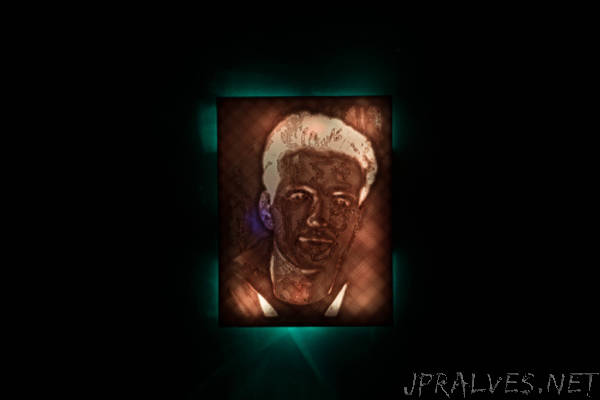
“I have been spending a lot of time with our 3D printer lately. Whenever I get to know a tool pretty well, I always try to look for a project that ties in my creative interests (visual arts) with newer technology. I spent a good few years in undergraduate and high school studying fine arts and photography, so I was naturally quite excited when one of our developers told me about 3D-printed lithophanes.
What is a lithophane, you ask? It’s a specific kind of artwork that can only be seen clearly when backlit, meaning light is an element of this creative technique. Traditionally, a lithophane is a thin porcelain tile with an etched artwork on one side. Porcelain has a translucent quality when the walls are thin enough, so by carving into a thin tile, artist were able to make lithophanes by hand. This technique first showed up in the late 1820’s around different parts of Europe. Below is an example of a traditional lithophane, both on its own and backlit.
Fast forward to the 21st century: We have tons of new fabrication tools at our fingertips. A 3D printer seems like a natural tool for building lithophanes, and many folks working with 3D printers have picked up on that. A quick online search will offer plenty of DIY, 3D-printed lithophane tutorials. Some describe how to model a lithophane from a photograph, and others point to software options that will generate a lithophane model directly from a picture upload. I am a firm believer in the KISS (keep it simple, stupid) principle so I decided to use this easy and handy free online lithophane generator.
The process from there is pretty simple. Once you have uploaded your image and chosen your lithophane shape, simply hit download. You will get an .stl file. Open this in Cura, or any other G-code generator, and continue to save your G-code as usual.
The first lithophane I printed was a photo of my dog. I chose it because of the high contrast and simple background. In reading up on 3D-printed lithophanes, I learned that you want a high contrast image with minimal detail, and that solid backgrounds work best. The printer/extruder I am using also limits the amount of detail and refinement I could generate.”
